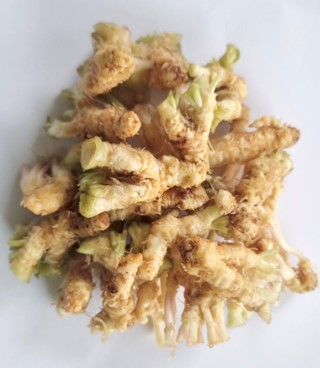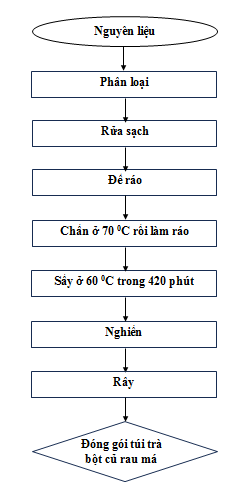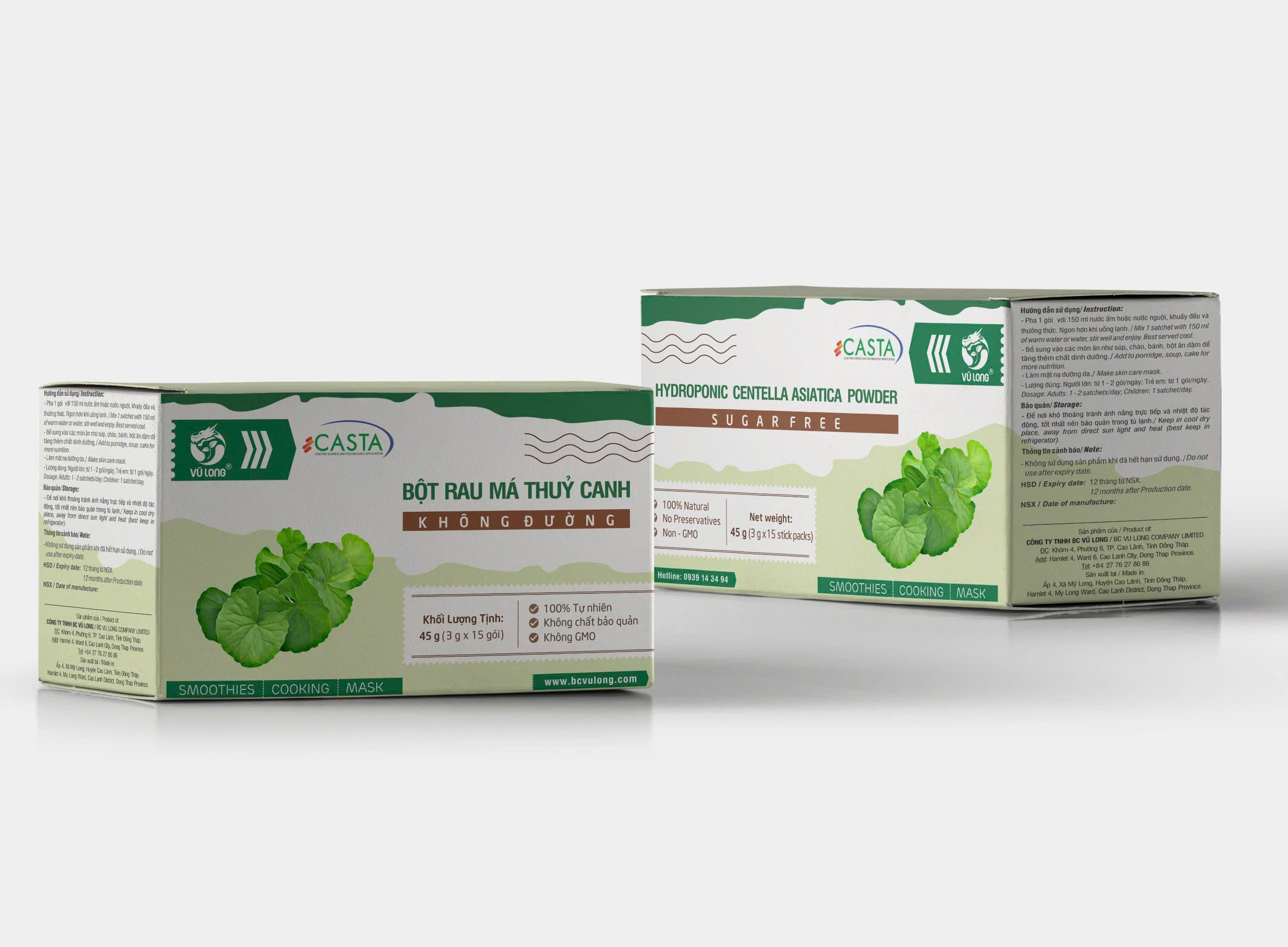Gotu kola, scientifically known as Centella asiatica (L.) Urban (Family: Apiaceae), is one of the medicinal plants widely used in traditional medicine in Vietnam and several other Asian countries such as India, China, Thailand, and Indonesia.
Among the bioactive components of gotu kola, saponins are particularly valuable due to their health benefits. Various studies have isolated key saponins such as Asiaticoside, Asiatic acid, Madecassic acid, and Madecassoside, and determined their concentrations. The composition and content of saponins in different parts of the gotu kola plant depend heavily on factors such as geographic location, growth duration, environmental conditions, harvest time, and storage methods. Furthermore, the production of saponin-rich gotu kola products is influenced by the processing methods, including material handling, fermentation, drying, and grinding.

In Vietnam, gotu kola grows naturally in many regions or is cultivated, commonly found in moist areas. It is often harvested and consumed fresh. Nowadays, gotu kola is also cultivated on a larger scale in various localities and processed into commercial products such as gotu kola powder, gotu kola noodles, skincare products, tablets, and effervescent tablets.
The process of producing tea bags from organic gotu kola root powder is as follows:

Gotu kola root powder is diluted in 30% DMSO to various concentrations (250, 500, 1000, 2000, and 4000 mg/mL). The antibacterial activity is evaluated after 24 hours.
To provide a basis for usage recommendations, the study also assessed the antioxidant activity of gotu kola root powder at different concentrations using the DPPH free radical scavenging assay.
The results of the antibacterial assessment showed that gotu kola root powder exhibited the strongest resistance to E. coli, with the largest inhibition zone measuring 25.3±1.53 mm at a concentration of 4000 mg/mL, and the smallest zone at 6 mm with 250 mg/mL. For S. aureus, the highest antibacterial effect was observed with an inhibition zone of 19.33±1.53 mm at 4000 mg/mL, and the lowest at 6.67±0.58 mm with 250 mg/mL.
Antioxidant evaluation showed a linear increase in free radical scavenging capacity with increased powder concentration. When the concentration rose from 1% to 10%, the DPPH neutralization efficiency also increased from 4.76% to 61.72%, with the highest scavenging activity recorded at 10% concentration: 61.72%±1.42.

This research successfully developed a process for producing tea bags from organic gotu kola powder. The resulting product holds great potential and could spark a new wave of innovative tea products in the future. It offers several advantages such as compact packaging, ease of use, and a high content of bioactive compounds beneficial to human health.
Applying this production process in real-world manufacturing will contribute to increasing the economic value for farmers while also addressing underemployment in rural areas.
Ngày đăng: 29-05-2025

